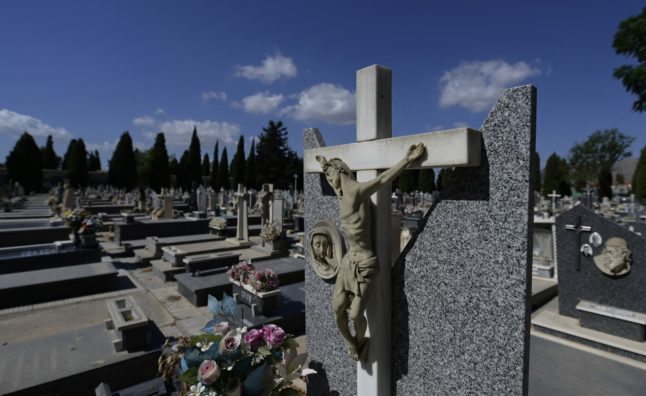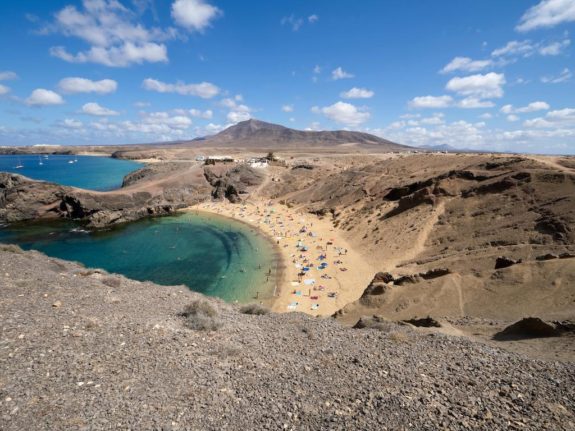Ah, the Spaniards. To outsiders they can sometimes appear like chain-smoking, meat loving hedonists for whom a caña or glass of tinto is never out of the question. And yet, they outlive the majority of the world.
In fact, a 2021 study by the University of Washington’s Institute for Health Metrics and Evaluation predicted that Spain would surpass Japan to boast the world’s longest life expectancy by 2040. According to Spain’s main stats body (INE), by 2050 Spaniards will be nearing a life expectancy of 90.
It’s hard to fully understand why Spaniards live so long, but scientists generally seem to have come to the consensus that it’s something to do with the combination of their Mediterranean diet (and weather too, no doubt), a good healthcare system, plenty of walking, a close-knit society, and a helpful serving of hedonism — in moderation, of course.
Genetics, a love of sport as well as the lack of serious social issues (in recent decades, anyway) and involvement in wars also likely played a role in making Spaniards live longer. Additionally, over the past decades Spain also managed to drastically reduce the number of deaths due to cardiovascular diseases.
Imagine if they cut down on drinking and smoking — Spaniards could no doubt live even longer. However there were, in the not so distant past, some towns in Spain that took life expectancy to another level and actually made it illegal to die.
READ ALSO: In which parts of Spain do people live longest?
Yes, you read that right: there were towns in Spain where it was made illegal to die.
In 1999 in the Andalusian province of Granada, the mayor of Lanjarón, José Rubio, issued an order banning his 3,870 residents from dying.
The reason? There was no room for anyone else in the cemetery. As you might imagine, this strange decree got a lot of attention, and even made the pages of the New York Times as the news went around the world. However, just a week later, a neighbour broke the rules and died.
The offender was a 91-year-old man (and rather awkwardly, a friend of the mayor) so they were forced to bury him in the already overflowing Lanjarón cemetery. Fortunately, there were no repercussions for the dead man or his family, nor for the rest of the locals who eventually ‘broke’ the ban on dying.
Then a few years later, in July 2002, Manuel Blas Gómez, the mayor in Darro (also in Granada) pulled a similar trick made a public order: “Prohibido morirse” (“It is forbidden to die”). He had only been mayor for a few months, and he took the decision to veto death in this town of 1,500 locals.
The bizarre order was made for similar reasons as in Lanjarón, namely that the town’s cemetery had no more usable land and although local government had found a plot of land to build a new one, the municipal coffers did not have the money needed for the construction works.
But it’s not only in Spain where dying has been outlawed. Both Cugnaux and Sarpourenx in France and Biritiba Mirim in Brazil have done the same in the past for the same reason — because their local cemeteries were full.
READ ALSO: Did you know…? There’s a town in Italy where it’s illegal to die
Since 2012 it’s been illegal to die in the Italian town of Falciano del Massico in Campania, about 30 miles north of Naples.
Mayor Giulio Cesare Fava banned the village’s residents from going “beyond the boundaries of earthly life, and… into the afterlife” after the town’s cemetery reached full capacity.
Again, as in Spain residents were ordered not to die at least until Falciano’s administrators had time to construct a new cemetery that could house their earthly remains.



 Please whitelist us to continue reading.
Please whitelist us to continue reading.
Member comments